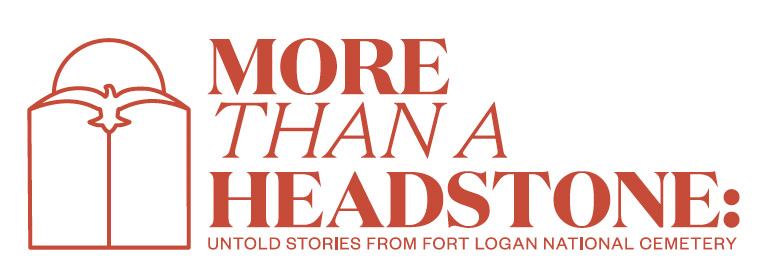Data, Duty, and Dedication
By Matthew Clifford
Creighton Newhall Guellow
3/13/1909 - 1/12/1992
Creighton Newhall Guellow was born in Los Angeles, California, on March 13th, 1909.[1] His parents raised him and his three siblings: Barbara, Harold, and Carlton Guellow. After graduating from high school, Guellow attended the University of California and majored in agriculture. While attending the university, he was a part of Alpha Zeta, an honorary professional fraternity for those in the agricultural fields. After graduating with a Bachelor of Science in Agriculture, Guellow was hired by the Civil Service in the midst of the Great Depression, fortunately landing a job related to the field he studied. He was part of a group of statisticians hired who were labeled as the “Corn-Hog Juniors,” who earned the name because many of them worked on a Corn-Hog Reduction Program under the FDR administration. Guellow,along with many other statisticians who were seen as short-term appointees through this set of hirings, would later become well-respected leaders in the National Agricultural Statistics Service. During his time working for the NASS, Guellow met his future wife, Ethry Elizabeth Shaw, who also worked in agricultural estimates, and married her on October 28th, 1939.
Guellow would then go on to serve in the US Navy during WWII, reaching the rank of Lieutenant by the time he was discharged. Interestingly, at this time, Harvard University became a naval training school, leading to the creation of yearbooks for all the graduates of the Harvard Naval Training Schools. While the official date that Guellow began serving is unknown, his name is listed as one of many in the yearbook from the school in 1943. He would end up working in Washington D.C. in the Navy Yard, a logical appointment considering his naval training in the temporarily converted Harvard. Here, it’s likely he was involved with the construction of naval ships for the war, which were an integral part of the war effort, especially in the Pacific, where sea fighting was persistent.
Once his military service ended, which was some time before 1948, Guellow would return to the NASS, and at a dinner meeting of the Agricultural Economics Club at the Brookings Institute in Washington DC, Creighton would be offered a new opportunity: the chance to go to Japan. It was a two-year assignment, and before long, he and Ethry were on their way to Tokyo. His time in Tokyo was spent filling the shoes of one Dr. Sarle, who had been working on the statistical reporting service. Then, sometime in October of 1949, a new era of their lives began when their daughter, Linda F Hirsch, was born in Japan.
Upon his return to the United States on September 19, 1950, Guellow returned to his passion, working in the Agricultural Marketingservice before becoming the statistician in charge of the Maryland-Delaware Crop Reporting Service (which was run in collaboration with the University of Maryland). Here, he would conduct numerous surveys to help determine data for the local areas and then present hisfindings to governmental agencies to determine appropriate courses of action. Guellow was an integral part of the NASS, as demonstrated by his dedication to the field and his contributions to multiple Department of Agriculture reports in the 1950s. After working in Maryland for a large portion of his adult life, he moved to Colorado, and took a position with the Colorado Crop and Livestock Reporting Service, retiring as its head in 1969. Once retired, he began to volunteer with Habitat for Humanity, helping to build houses for those throughout the world who most need them. He passed away on January 12th 1992, at the age of 82, and was buried in Fort Logan National Cemetery on June 25, 2016.
Footnotes ↓
[1] Materials for this bibliography can be found at:
https://www.e-yearbook.com/sp/eybbschool=9&year=1933&up=1&startpage=154,
http://somersetcountymd.archivalweb.com/proxy.php/MH_04_1958_00029.pdf?t=pdf&i=403036
http://somersetcountymd.archivalweb.com/proxy.php/MH_11_1956_00059.pdf?t=pdf&i=402169
https://www.vlm.cem.va.gov/CREIGHTONNEWHALLGUELLOW/B7C56E8










